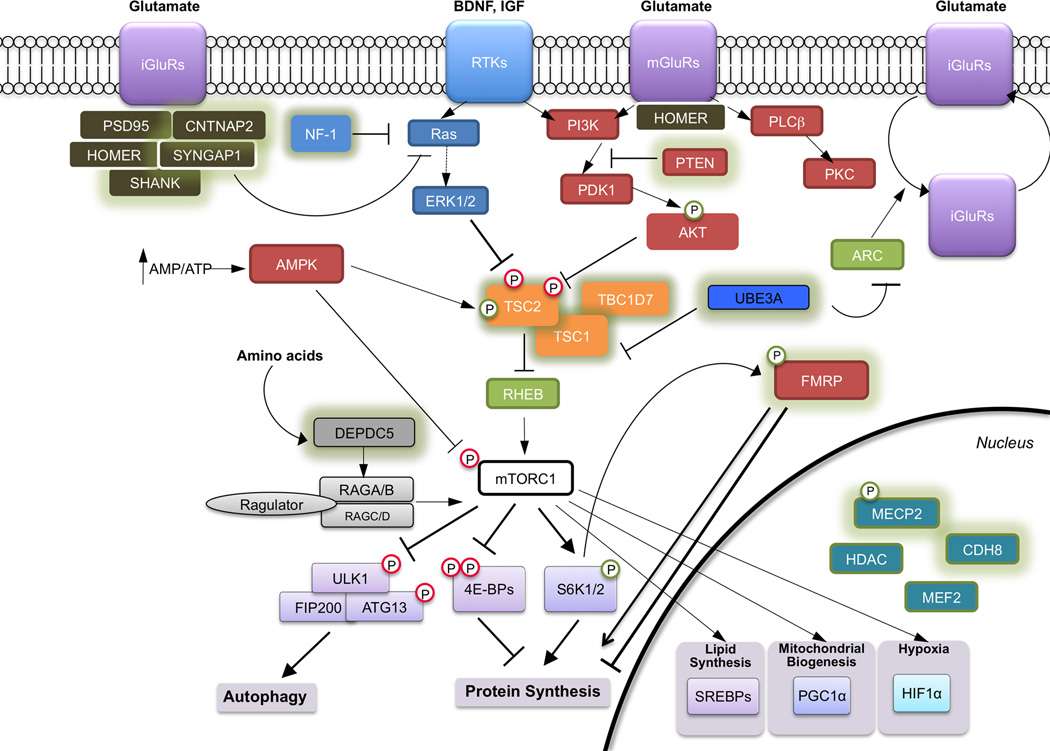Figure 1. Molecular pathways implicated in neurodevelopmental disorders.
Many of the genes mutated in individuals with ASD fall into several shared neuronal processes: transcriptional control and chromatin remodeling in the nucleus, protein synthesis, and synaptic structure. Proteins encoded by genes mutated in syndromes with high penetrance of ASD are shown with green outline. Many of the proteins (such as MECP2 and FMRP) have multiple functions and interactions in the cell, but are represented with the dominant functional role for the sake of clarity. Abbreviations not found in text include: RTKs = receptor tyrosine kinases; mGluRs = metabotropic glutamate receptors; iGluRs = metabotropic glutamate receptors; PGC-1α (Peroxisome proliferator-activated receptor gamma coactivator 1-alpha); SREBP = sterol-response binding proteins; HIF1α = hypoxia inducible factor 1 alpha; ULK1 = unc-51-like kinase 1; ARC = Activity-Regulated Cytoskeleton-Associated Protein; UBE3A = Ubiquitin Protein Ligase E3A.

